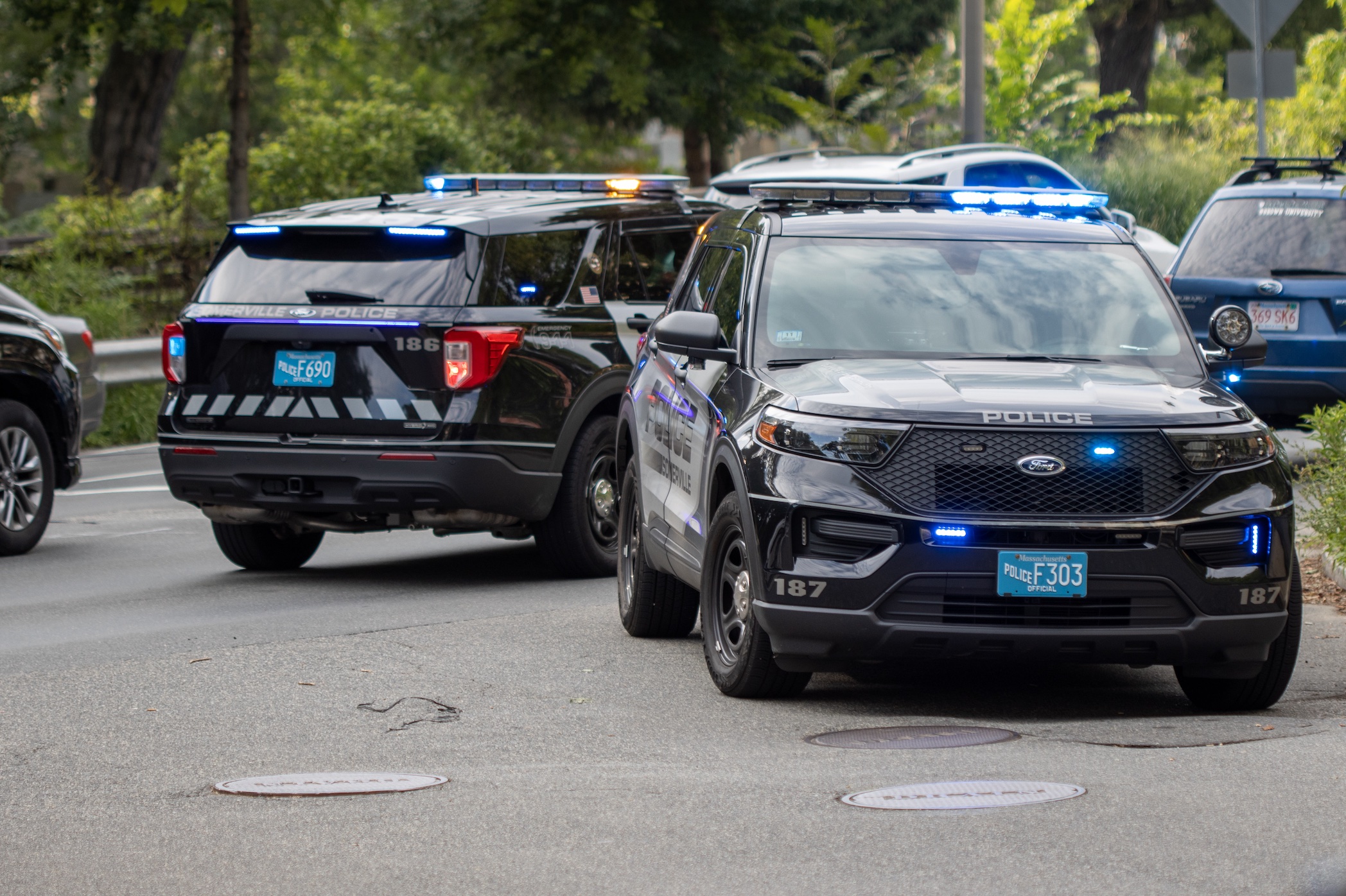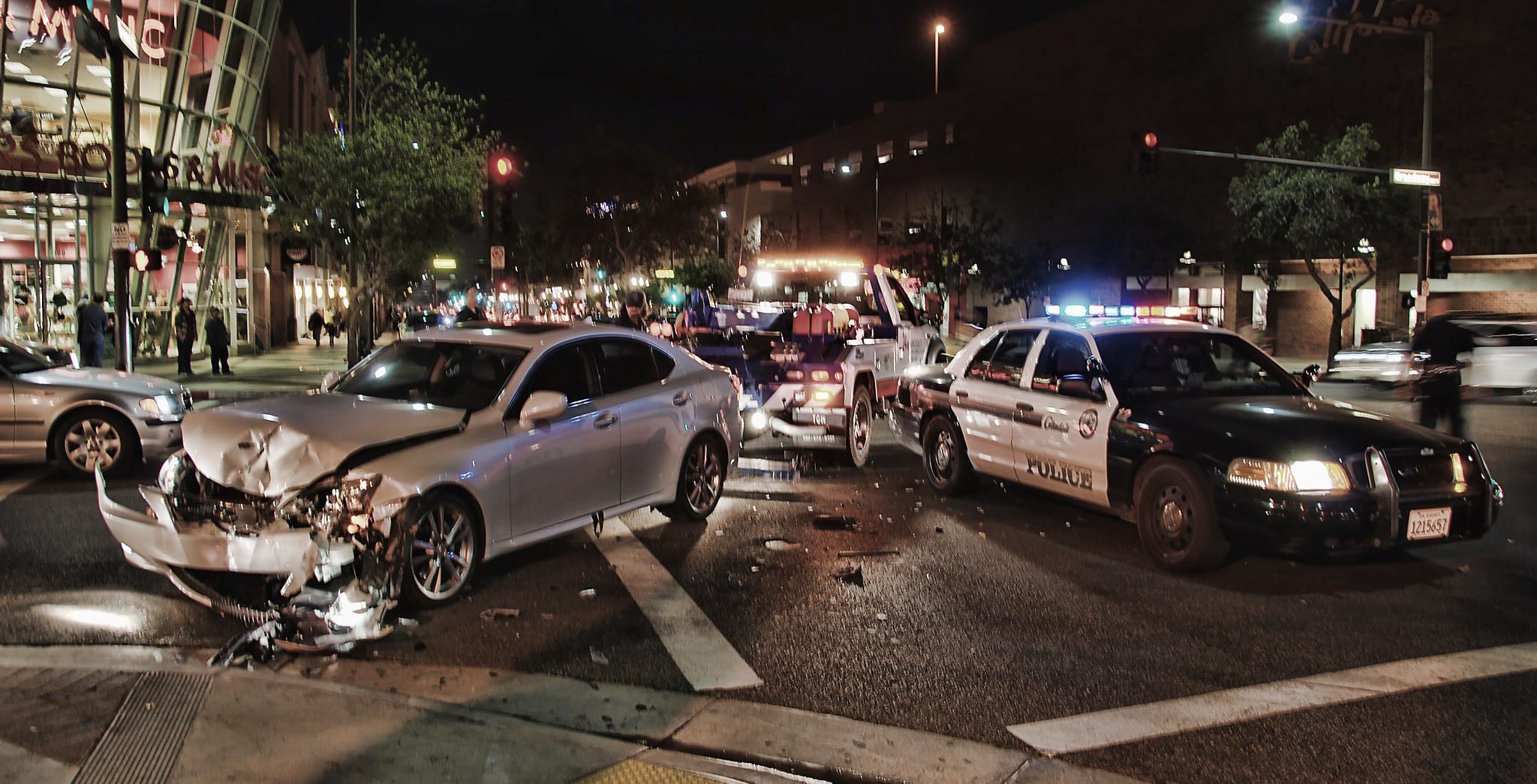The reconstruction expert can use evidence like the state of the two vehicles, tire marks, and details about the physical location of the crash to reconstruct the scene and show us how the accident likely played out.
Head-on collisions are among the most dangerous car accidents, and drivers and passengers are often severely injured. Among the broken debris from the accident scene, there might be crucial pieces of evidence you can use to determine liability in a lawsuit.
Determining liability in a head-on collision may come down to physical evidence, witness testimony, accident reconstruction, or a combination of various tactics and evidence. Physical evidence tends to come directly from crash sites and can include the actual vehicles involved in the crash. Even the skid marks on the road may be important physical evidence. We can use witness testimony to fill in the gaps where physical evidence falls short. Witnesses with direct knowledge of issues relevant to liability will be extremely important. Expert witnesses with the skills to reconstruct the accident may even render an expert opinion about who they believe is liable.
Before pursuing a lawsuit, you should meet with an Atlanta personal injury attorney as soon as possible. Each case is different and determining liability might be relatively easy or incredibly difficult, depending on your situation.
Proving Liability in a Head-On Collision in Georgia
Generally, liability in car accident cases comes down to negligence. Negligence comprises four important elements: duty, breach, causation, and damages. To determine liability, you must establish each of these elements. If even one element is unfulfilled, liability cannot be determined.
Duty refers to the defendant’s legal duty of care or obligation owed to the plaintiff. Since negligence applies across various personal injury lawsuits, a defendant’s duty will change depending on the situation. On the road, all drivers have the legal duty to drive with reasonable safety under the circumstances and to follow traffic laws. As the circumstances change, so does what is considered reasonably safe.
The breach is whatever the defendant did or did not do that violated their legal duty. No two accidents are exactly alike, and there might be numerous possible breaches. Some possibilities include running red lights, speeding, distracted driving, driving while intoxicated, or anything else that is unreasonable or that violates Georgia’s traffic code.
Causation is the connection or link between the defendant’s breach and the accident. Essentially, the breach must be the direct cause of the accident. Defendants sometimes claim that they did breach their duty, but something other than the breach is the true cause of the accident. You must disprove such claims if you are to determine liability.
Finally, you have to show that your damages are real. People sometimes incorrectly assume you can sue for things that almost happened, but this is not so. If you miraculously walked away from a head-on collision without a scratch, you cannot sue for physical injuries because you did not suffer any. We can only determine liability for injuries and damages that are real.
How Your Injuries and Damages Can Determine Liability in a Head-On Collision in Georgia
Physical evidence, including damage to your car and records of your injuries, may help you determine liability in a head-on collision. The accident scene at first appears to be a mess of rubble and debris, but there is evidence all around you.

First, you can use the vehicles themselves to help determine liability. The damage to your car can reveal how the accident happened. For example, the extent of the damage may shed light on how fast the other driver was going when they hit you. If there are no skid marks on the road, this might indicate that the defendant was going so fast they had no time to react and did not hit the brakes at all. Evidence of the defendant’s speeding may help establish a breach of duty.
Your injuries may also provide important information regarding liability. For example, a seatbelt bruise across your chest is painful but proves that you were wearing a seatbelt during the accident. This can help negate accusations that you were contributorily negligent and made your own injuries worse.
Using Witness Testimony to Prove Liability in Head-On Collisions in Georgia
Physical evidence might not give you a complete picture of the accident, and witnesses may be called in to fill in the gaps. Eyewitnesses can testify about what they saw when the accident happened. If multiple witnesses can explain that the defendant is the one who struck you, their testimony may help determine liability.
Not every crash is witnessed by other people. A head-on collision on rural backroads of Georgia might have no eyewitnesses. In those cases, you can turn to witnesses with direct knowledge about liability even if they did not see the accident. For example, a witness close to the defendant might have firsthand knowledge of the defendant’s drinking before they got behind the wheel. This kind of testimony can be a significant factor when determining liability. This can help establish the defendant’s breach of duty and connect their breach to your damages.
Reconstructing the Accident Scene to Determine Liability in a Head-On Collision in Georgia
Some experts that may be used to help determine liability do not have any connection to the head-on collision. Expert witnesses are those with technical, scientific, or specialized knowledge and skills employed to help determine liability in a lawsuit. After a car accident, an Atlanta car accident lawyer may call upon an accident reconstruction expert to examine the collision.
The reconstruction expert can use evidence like the state of the two vehicles, tire marks, and details about the physical location of the crash to reconstruct the scene and show us how the accident likely played out. This kind of testimony is often extremely useful in determining liability and, depending on the strength of the expert’s findings, very hard to refute.


Join the conversation!